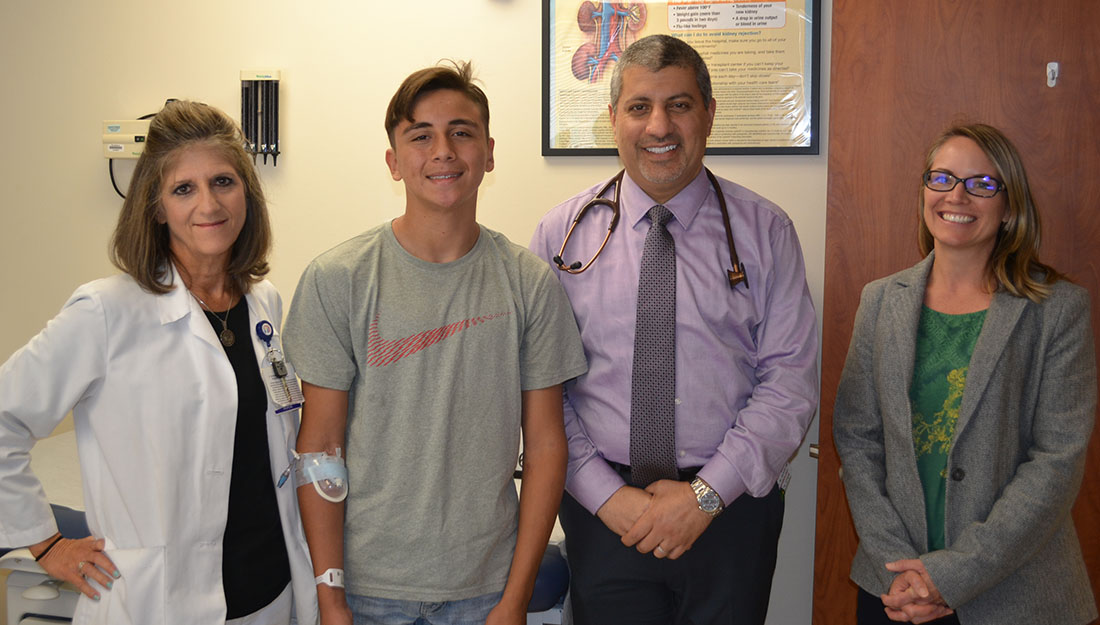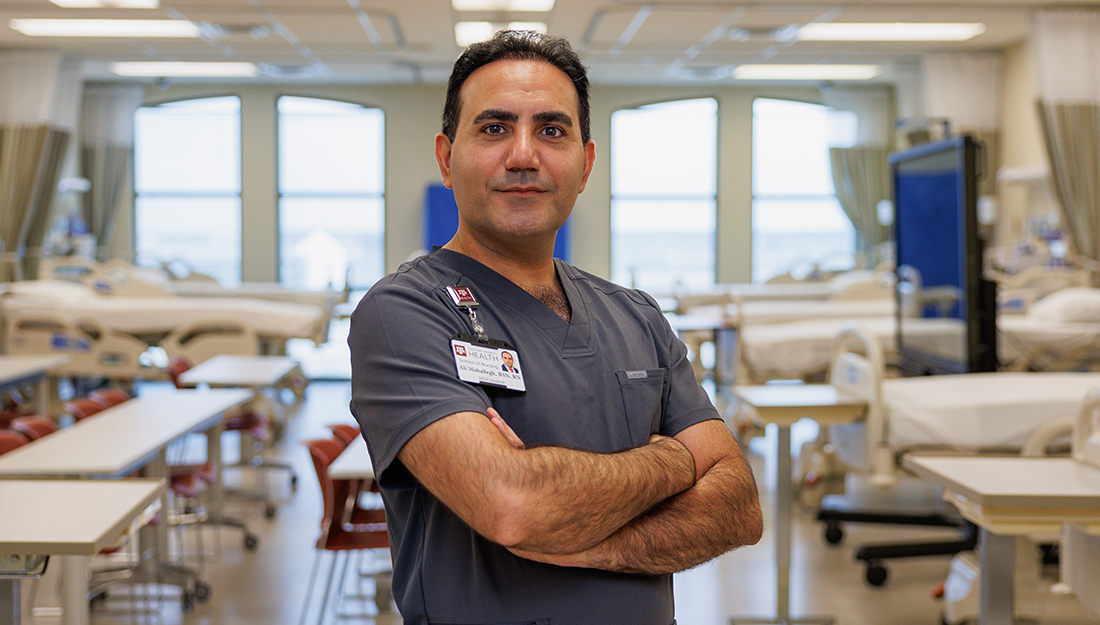First patient enrolls in South Texas clinical study

Texas A&M Health Science Center and Driscoll Children’s Hospital have joined forces through the Global Institute for Hispanic Health (GIHH) to take part in a National Institutes of Health-sponsored observational study, “Chronic Kidney Disease in Children (CKiD).”
The study is a rare opportunity for children in South Texas to take part in a large clinical research study. From Victoria to Laredo, and south to the border with Mexico, South Texas’ population must usually travel long distances to a large academic medical center to participate in such research. The GIHH partnership is improving access closer to home and making it possible for medical researchers to include populations of South Texas, who would otherwise be left out of studies that lead to better patient care.
“Being innovative usually means creating new inventions, but in medicine research is the basis for innovation, whether it leads to new therapies, better outcomes or simply a better understanding of disease. Offering this opportunity here means that this population can help lead the way to a greater, inclusive knowledge for physicians to provide the best possible medical care to everyone in America, and right here in South Texas,” said Samhar Al-Akash, MD, the local principal investigator for the study at Driscoll Children’s Hospital.
The CKiD study follows children with chronic kidney disease to better understand risk factors for progression and the impact of kidney disease on child growth and development and cardiac function. There are more than 1000 participants already in this 16-year national study, enrolled through more than 40 of the nation’s leading medical centers.
“Through the GIHH, children of South Texas now have the opportunity to be included in a study that is sure to influence standards for monitoring and treatment to improve outcomes for generations of future patients,” said Carrie L. Byington, MD, vice chancellor for health services at The Texas A&M University System and dean of the Texas A&M College of Medicine.
Asher Springs is the first patient in South Texas to participate in the study. At the age of 13, he has dealt with chronic kidney disease for the past year. Although he has a natural aversion to needles, and the study requires blood draws, he made the decision to help others.
“I wanted to participate in the trial to help other kids like me,” Springs said. “If my experience and the information they can gather from me helps physicians better understand this disease and make life better for others, it will be well worth it.”
“Patients like Asher are the real heroes of this story. When someone agrees to participate in research they take on some risk and inconvenience, but without patient volunteers we can’t make breakthroughs. Every medication that we take or guideline that our doctors follow is there because a lot of people agreed to take part in studies,” said Erin Richmond, RN, GIHH program manager.
In order to participate, children must be between 6 months to 16 years of age and have been diagnosed with chronic kidney disease within less than five years.
“Research is central to Driscoll’s vision to serve our patients. We look forward to working together to expand our research activities within the GIHH and develop other research programs to ensure the children of South Texas are well represented in all medical studies,” said Jaime Fergie, MD, medical director for the GIHH. “We believe this is just the start to great accomplishments for Driscoll Children’s Hospital and Texas A&M Health Science Center. This creates new ways to answer the questions facing pediatric care.”
“This has been in the making for a long time, and has become a reality now for our researchers and our patients with a commitment and vision by our leaders, and a dedicated team of physicians, nurses, research coordinators, and administrative and ancillary staff supporting this research,” Al-Akash said. “We are determined to remove these barriers to give our patients the chance to contribute to research and innovation.”
Media contact: media@tamu.edu


